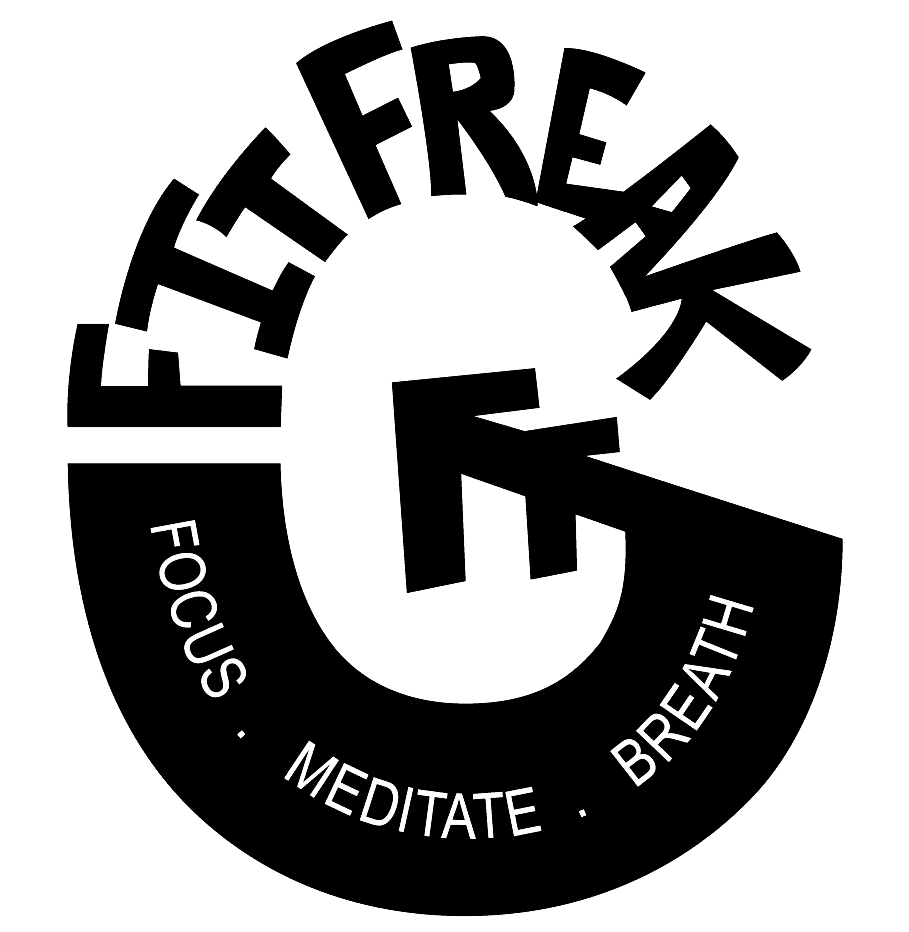Less Weight More Reps: Is It the Best Way to Build Muscle?
Are you tired of lifting heavy weights and not seeing the results you want? If so, you may be interested in the “less weight more reps” approach to building muscle. But is this method really effective, or just another fitness myth? In this article, we’ll take a closer look at what exactly the ‘less weight more reps’ approach is, the science behind the technique, and explore whether it’s a good fit for your workout routine.

What is the “less weight more reps” approach?
The “less weight more reps” approach, also known as high-rep training, involves performing exercises with lighter weights and higher repetitions.
For Example: If you’re 1RM (Rep Max) is 10Kg in dumbbell curls. Instead of using a weight of your 80 1RM Strength and doing 8-10 Reps. Use a weight of 30-40 1RM Strength and do 12-15 controlled reps.
The goal is to fatigue the muscle fibers through a high volume of reps rather than using heavy weights to achieve muscular failure. This approach is often used as an alternative to traditional strength training and can be applied to a variety of exercises, including weightlifting, bodyweight exercises, and resistance band workouts.
The science behind high-rep training/low weight high reps
High-rep training or less weight high reps approach has been shown to increase muscle endurance, cardiovascular fitness, and increase metabolic rate. By using lighter weights and performing more reps, you engage your slow-twitch muscle fibers (red fibers), which are designed to have a greater capacity for endurance than fast-twitch fibers. These slow-twitch muscle fibers help in smaller movements like ‘standing still‘ for a longer time.
High-rep training also increases blood flow to the muscles, which can improve recovery time and reduce the risk of injury (through heavyweight).
Additionally, high-rep training can stimulate muscle growth through a process known as metabolic stress. When you perform a high volume of reps, your muscles produce more lactate (Lactate is one of the substances produced by cells as the body turns food into energy (cell metabolism)) and other waste products, which creates a hypoxic environment that triggers the release of anabolic hormones like growth hormone and testosterone. These hormones play a crucial role in muscle growth and repair.
Low weight high reps benefits
Aside from all the above-mentioned benefits, high-rep training can be a valuable addition to your workout routine for several other reasons as well:
1. Reduced risk of injury
Low weight high reps approach uses lighter weights than our traditional training style. Because you’re using lighter weights, high-rep training puts less strain on your joints and connective tissues than heavy lifting. This can reduce the risk of injury and allow you to train more frequently.

2. Greater flexibility
High-rep training can be adapted to a variety of exercises and equipment, which makes it a versatile approach for people with different fitness goals and preferences.
3. Improved muscular endurance
Less weight more reps training increases the overall endurance in muscle by using slow-twitch muscle fibers as mentioned above. By increasing your muscle endurance, high-rep training can also improve your performance in other activities that demands more endurance than strength, such as running, cycling, and sports.
4. Efficient use of time
Because high-rep training typically involves shorter rest periods between sets, you can complete a full workout in less time than traditional strength training.

5. Weight loss
Less weight more reps training helps increase the rate of metabolism, but initialing something called Metabolic stress. This can result in burning more calories and in return more weight loss.
How to incorporate high-rep training into your routine
If you’re interested in trying low weight high reps training, there are a few key principles to keep in mind:
1. Start with lighter weights
Choose a weight that allows you to perform at least 12 reps per set with good form. As you progress, you can gradually increase the weight while maintaining the same rep range and good form.
2. Focus on technique
Maintaining proper form is crucial for preventing injury and maximizing the effectiveness of your workout. So, do not just focus on completing the reps as quickly as possible. Focus more on maintaining form, breathing properly, and controlling weight. If you’re not sure how to perform an exercise correctly, consider working with a trainer or coach.

You can check my dedicated article on how to get good form in the gym.
3. Experiment with your exercises
It is fairly common to get bored doing the same set of exercises daily and doing so many reps of them. To avoid getting bored with your daily workout and keep your workouts interesting, mix up the exercises you perform and the equipment you use.
4. Gradually increase the volume
As you get stronger and more comfortable with high-rep training, you can gradually increase the number of sets and reps you perform. However, be careful not to overdo it – listen to your body and adjust your training accordingly.
Should I do Low Weight High Reps?
Should I do low weight high reps? After seeing so many benefits, I am sure you must be confused now. But understand this, there must be some kind of reasons why 8-12 reps are the traditional rep range and why great bodybuilders like Arnold and Ronnie did this instead of high-rep training.
While high-rep training can be an effective way to build muscle and improve your overall fitness, it’s not necessarily the best approach for everyone. If you’re a powerlifter or athlete who needs to focus on strength and power, traditional strength training may be more appropriate.
Additionally, if you have a history of joint pain or injury, high-rep training may not be the best choice for you.
Ultimately, the most effective training approach is one that is more specific to your individual needs and goals.
Disclaimer: If you’re unsure whether high-rep training is right for you, consider consulting with a certified trainer or coach who can help you create a personalized workout plan.
Conclusion
The “less weight more reps” approach can be an effective way to build muscle, improve endurance, and boost your overall fitness. By using lighter weights and higher repetitions, you can stimulate muscle growth and increase metabolic stress without putting undue strain on your joints and connective tissues.
However, as always it also has some cons. If you have already some kind of ache or injury in your joints. A very high reps range can cause it to come up again. Also, even though It is great to build endurance but if you seeking strength, this could not be the right choice for you.
FAQ
Q1. Is high-rep training better than heavy lifting for building muscle?
High-rep training can be an effective way to build muscle, but the heavy lifting is also important for developing strength and power. You should decide on the basis of your goal.
Q2. How many reps should I do for high-rep training?
Traditional reps range from 8-12 reps per set. And Typical, high-rep training involves performing at least 12 reps per set. However, the ideal rep range may vary depending on your goals and fitness level.
Q3. Less weight more reps for weight loss?
High-rep training can increase your metabolic rate and help you burn more calories, which can contribute to weight loss. However, it’s important to combine high-rep training with a healthy diet and other forms of exercise for optimal results.
Q4. Is high-rep training safe for people with joint pain or injury?
While high-rep training can be less stressful on your joints than heavy lifting, it’s still important to use proper form and avoid exercises that aggravate your condition. Also, avoid doing high-rep training if you have already ache or pain in your joints.
Q5. How often should I do high-rep training?
The frequency of your high-rep training workouts depends on your goals and other factors, such as your fitness level and recovery time. It’s generally recommended to include high-rep training in your workout routine 1-2 times per week.
If you find anything useful, consider sharing and following us on our social groups (Facebook, Telegram, and Instagram) to be a part of a healthy community.
For any suggestions and questions, you can contact us directly or Comment below. You will surely receive a reply to every question and we actively look at every suggestion.








One Comment